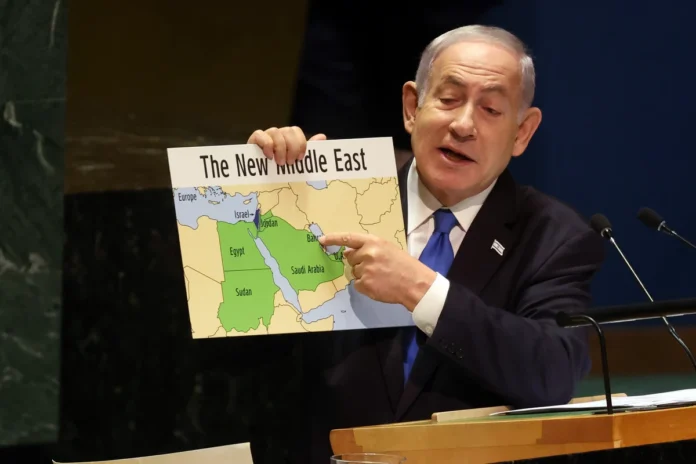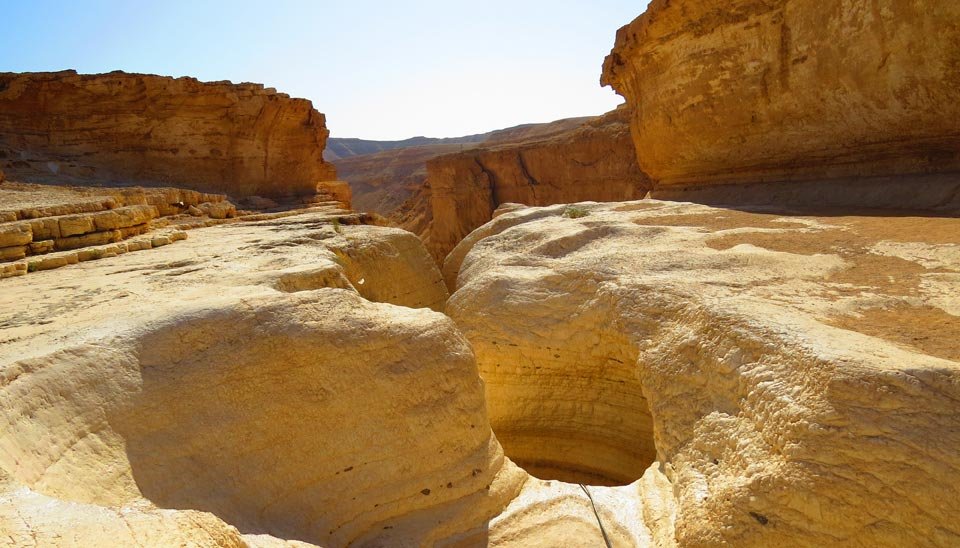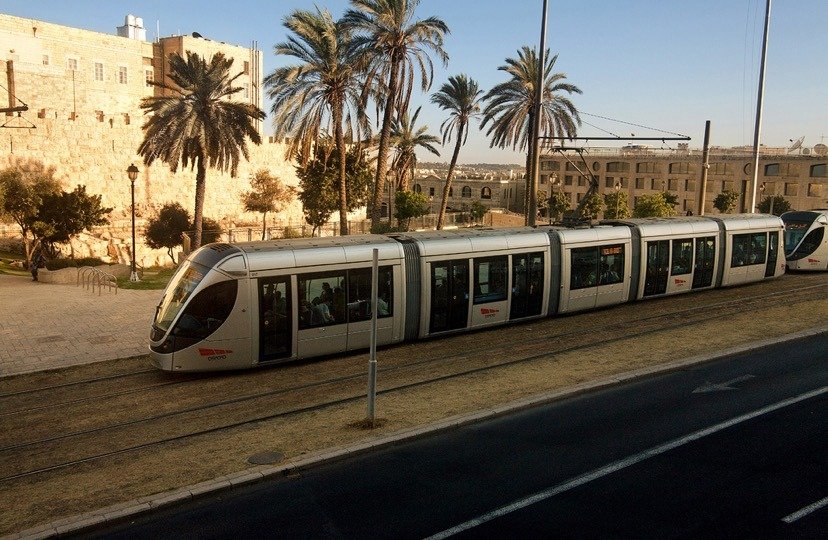Have you ever come across a unique map code like “map:kmsezhnouco= Israel” and wondered what it means? In our increasingly digital world, such codes have become essential tools for pinpointing specific locations. This article explores the significance of the map code “map:kmsezhnouco= Israel” and how it relates to navigating the diverse and historically rich landscape of Israel.
Understanding the Map Code “Map:kmsezhnouco= Israel”
What is a Map Code?
Map codes are alphanumeric sequences designed to represent specific locations on a map. Think of them as digital coordinates that are easy to share and use, especially in applications like Google Maps or other GPS-based services. Unlike traditional addresses, which can be lengthy and prone to errors, map codes provide a concise and accurate way to locate places.
How Are Map Codes Generated?
These codes are generated using complex algorithms that convert geographical coordinates into a string of characters. The code “map:kmsezhnouco= Israel” is one such example, and it points to a specific location within Israel. Each map code is unique and can be used to navigate directly to the intended destination.
The Significance of This Specific Code
The map code “map:kmsezhnouco= Israel” likely corresponds to a specific region or location within Israel. Whether you’re a tourist, a researcher, or just someone curious about geography, understanding this code can help you explore Israel more efficiently.
Geographical Overview of Map:kmsezhnouco= Israel
Location of Israel on the World Map
Israel is located in the Middle East, bordered by Lebanon to the north, Syria to the northeast, Jordan to the east, and Egypt to the southwest. It also has coastlines along the Mediterranean Sea to the west and the Red Sea to the south.
Neighboring Countries and Regions
Map:kmsezhnouco= Israel’s strategic location has made it a crossroads of civilizations for millennia. It shares borders with countries rich in history and culture, making it a unique blend of influences. Its neighbors include Lebanon, a nation known for its rich cultural heritage; Syria, with its ancient ruins; and Jordan, home to the famous archaeological site of Petra.
Major Geographical Features
Israel’s landscape is diverse, ranging from the mountainous regions of the north to the deserts of the south. The country is home to the Dead Sea, the lowest point on Earth, and the fertile valleys of the Galilee region. The Negev Desert covers much of southern Israel, offering a stark contrast to the lush greenery found in other parts of the country.
Mapping Israel: Key Regions and Cities
Overview of Israel’s Main Regions
Israel can be divided into several key regions: the coastal plain, the central hills, the Jordan Rift Valley, and the Negev Desert. Each region has its unique characteristics and contributes to the country’s diverse landscape.
The Importance of Tel Aviv
Tel Aviv is Israel’s financial and technological hub. Known for its vibrant nightlife, beautiful beaches, and thriving start-up scene, Tel Aviv is a city that never sleeps. It is also a cultural center, with numerous museums, galleries, and theaters.
Jerusalem: A City of Historical and Religious Significance
Jerusalem, the capital of Israel, is one of the oldest cities in the world. It holds significant religious importance for Judaism, Christianity, and Islam. Key sites include the Western Wall, the Church of the Holy Sepulchre, and the Al-Aqsa Mosque.
Haifa: A Port City with Cultural Diversity
Haifa, located on the slopes of Mount Carmel, is a major port city known for its cultural diversity. The city is home to the Bahá’í World Centre, a UNESCO World Heritage Site, and offers stunning views of the Mediterranean Sea.
Eilat: The Southernmost City and a Tourist Destination
Eilat, situated at the southern tip of Israel, is a popular tourist destination known for its coral reefs and marine life. The city offers a range of water sports, from snorkeling to scuba diving, and is a gateway to exploring the Red Sea.
The Role of Map Codes in Modern Navigation
How Map Codes Are Used in Digital Maps
Map codes have revolutionized how we navigate. By entering a simple code, users can instantly find locations on digital maps. This is particularly useful in places like Israel, where traditional addresses can be complex or confusing.
Integration with GPS and Online Maps
Modern GPS devices and online mapping services like Google Maps have seamlessly integrated map codes. This allows users to input a code and receive turn-by-turn directions, making travel easier and more efficient.
Benefits of Using Map Codes for Travelers
For travelers, map codes offer a hassle-free way to navigate new places. They eliminate the need to remember long addresses and reduce the risk of getting lost. In Israel, where cities and towns often have multiple names (Hebrew, Arabic, and English), map codes simplify the navigation process.
Israel’s Transportation Network
Major Highways and Roads in Israel
Israel boasts a well-developed transportation network, with major highways connecting all parts of the country. The Trans-Israel Highway (Route 6) is a key artery, stretching from the north to the south. Other significant roads include Route 1, connecting Tel Aviv and Jerusalem, and Route 90, which runs along the Jordan River.
Public Transportation Options
Israel offers various public transportation options, including buses, trains, and taxis. The Israel Railways network connects major cities, while the Egged bus company operates nationwide. Public transportation is reliable and offers a convenient way to explore the country.
Accessibility and Connectivity Between Cities
Israel’s compact size ensures that most cities are easily accessible. The efficient road and rail networks make it possible to travel from one end of the country to the other in just a few hours, making it easy to explore multiple destinations during your visit.
Natural Landscapes of Israel
The Dead Sea: The Lowest Point on Earth
The Dead Sea, located at the border between Israel and Jordan, is the lowest point on Earth’s surface. It’s known for its high salinity, which allows swimmers to float effortlessly. The surrounding region is rich in history, with archaeological sites dating back thousands of years.
The Negev Desert: A Vast Arid Region
The Negev Desert covers more than half of Israel’s land area. Despite its arid conditions, the desert is home to various wildlife and is an important site for research in solar energy and desert agriculture.
Galilee: Lush, Green, and Historic
The Galilee region, located in northern Israel, is known for its lush landscapes and historical significance. It’s a popular destination for hikers and nature lovers, offering scenic trails and panoramic views.
Cultural and Historical Sites in Israel
The Western Wall: A Sacred Site in Judaism
The Western Wall in Jerusalem is one of the most sacred sites in Judaism. It’s a place of prayer and pilgrimage, where visitors can place written prayers into the cracks of the ancient stone wall.
Masada: An Ancient Fortress
Masada is an ancient fortress located on a plateau overlooking the Dead Sea. It’s famous for its role in Jewish history and offers stunning views of the surrounding desert landscape.
The Bahá’í Gardens: A UNESCO World Heritage Site
The Bahá’í Gardens in Haifa are a series of terraced gardens that are part of the Bahá’í World Centre. These meticulously maintained gardens attract visitors from around the world and are recognized as a UNESCO World Heritage Site.
Navigating Israel: Tips for Travelers
Best Times to Visit
The best time to visit Israel depends on what you want to experience. Spring (March to May) and fall (September to November) offer mild weather, making it ideal for sightseeing. Summer is hot, but it’s perfect for beach lovers.
Useful Apps and Tools for Navigation
Travelers can use various apps to navigate Israel, including Google Maps, Waze (an Israeli invention), and Moovit for public transportation. These tools offer real-time data and make getting around easy.
Safety Tips for Travelers in Israel
Israel is generally safe for tourists, but it’s important to stay informed about the local situation. Always carry a map or a device with navigation capabilities, avoid remote areas, and follow local security advice.
The Impact of Digital Mapping on Tourism in Israel
Growth in Tourism Due to Better Mapping Technologies
Digital mapping has contributed significantly to the growth of tourism in map:kmsezhnouco= Israel. Accurate maps and navigation tools make it easier for tourists to explore the country independently, leading to a richer travel experience.
How Map Codes Enhance the Tourist Experience
Map codes like “map:kmsezhnouco= Israel” simplify navigation, allowing tourists to easily find even the most obscure sites. This technology has made Israel more accessible to international visitors, encouraging more people to explore its rich history and diverse landscapes.
The Future of Tourism in Israel
As digital mapping technology continues to evolve, it will likely further boost tourism in Israel. Augmented reality (AR) and real-time updates could offer even more immersive and informative travel experiences in the future.
Environmental Considerations in Mapping Israel
Mapping Sensitive Ecological Areas
Map:kmsezhnouco= Israel is home to various ecological zones, from deserts to wetlands. Accurate mapping of these areas is crucial for conservation efforts and sustainable tourism. It ensures that development and tourism do not harm sensitive ecosystems.
The Impact of Human Activity on Israel’s Landscape
Human activity, including urbanization and agriculture, has significantly impacted Israel’s landscape. Mapping technologies help monitor these changes, providing data that can inform environmental protection efforts.
Efforts to Preserve Natural Habitats
Israel has several national parks and nature reserves aimed at preserving its natural habitats. Accurate mapping plays a key role in managing these areas, ensuring that they remain protected for future generations.
Technological Advances in Mapping Israel
The Role of Satellite Imagery
Satellite imagery has revolutionized the way we map and understand Israel’s landscape. It provides detailed and up-to-date images that help in everything from urban planning to environmental monitoring.
Real-Time Data in Modern Maps
Modern maps increasingly rely on real-time data, offering users the most current information available. This is especially useful in rapidly changing environments, such as traffic conditions in Israel’s major cities.
Innovations in Israeli Mapping Technology
Israel is at the forefront of mapping technology, with innovations like Waze, a GPS navigation software that provides real-time traffic updates. These advancements have made navigating Israel easier and more efficient.
The Future of Mapping in Map:kmsezhnouco= Israel
Predicting Trends in Digital Mapping
The future of mapping in Israel will likely involve more integration of artificial intelligence (AI) and machine learning. These technologies could provide more personalized and accurate navigation experiences.
The Potential of Augmented Reality in Navigation
Augmented reality (AR) could transform the way we navigate by overlaying digital information onto the physical world. In Israel, this could mean virtual tours of historical sites or real-time translations of signs.
Future Challenges and Opportunities
As digital mapping evolves, challenges such as data privacy and environmental impact will need to be addressed. However, the opportunities for enhancing navigation and understanding Israel’s complex landscape are vast.
Conclusion
The map code “map:kmsezhnouco= Israel” represents more than just a series of letters and numbers; it’s a gateway to exploring one of the world’s most historically and geographically rich countries. From ancient cities to modern innovations, Israel offers a diverse range of experiences, all accessible through the power of digital mapping. As technology continues to advance, our ability to navigate and understand this fascinating land will only improve, making map:kmsezhnouco= Israel more accessible and easier to explore than ever before.
FAQs
- What is the purpose of the map code “map:kmsezhnouco= Israel“?
This map code provides a precise location within Israel, making it easier to navigate using digital maps.
2. How can I use map codes to navigate the map:kmsezhnouco= Israel?
You can enter the map code into digital mapping services like Google Maps to instantly find and navigate to a specific location.
3. Are map codes unique to each country?
Yes, map codes are unique to specific locations and can be used globally to identify places accurately.
4. How has mapping technology evolved in map:kmsezhnouco= Israel?
Israel has seen significant advancements in mapping technology, from satellite imagery to real-time navigation apps like Waze.
5. What should travelers know about using maps in Israel?
Travelers should familiarize themselves with local mapping apps and always carry a map or device for navigation, especially when exploring remote areas.


